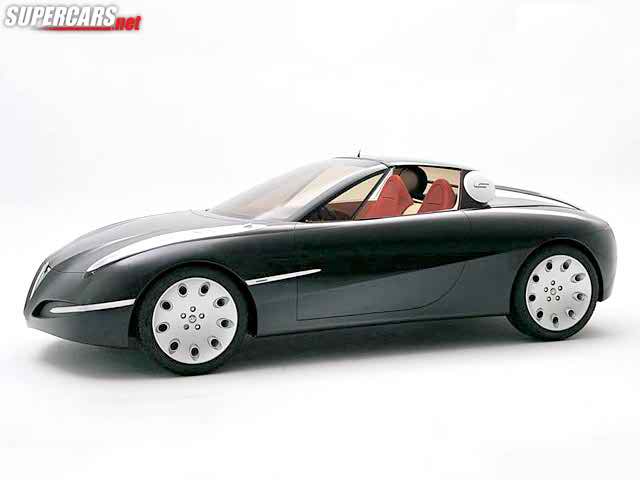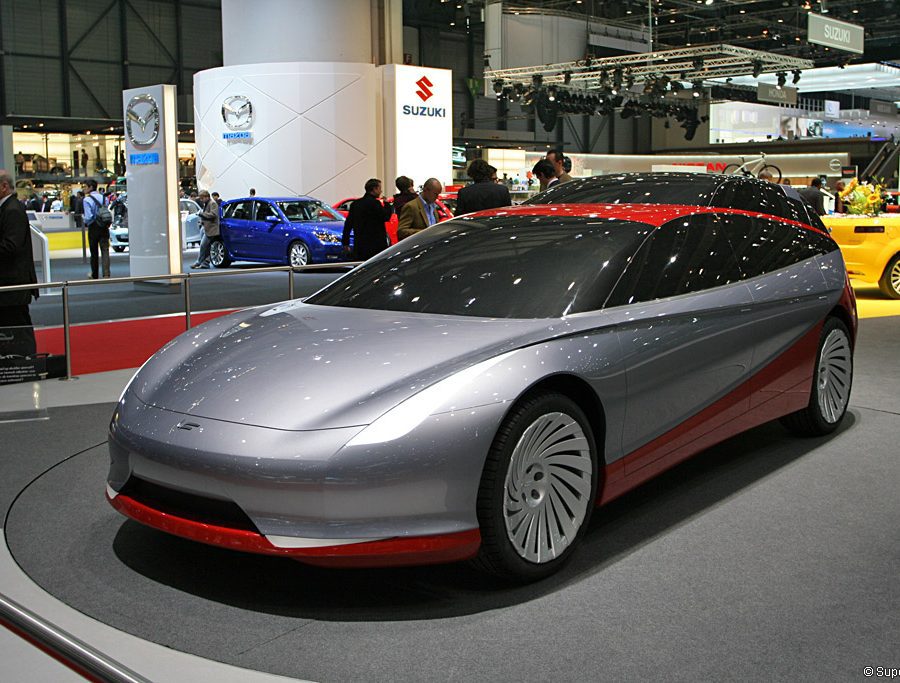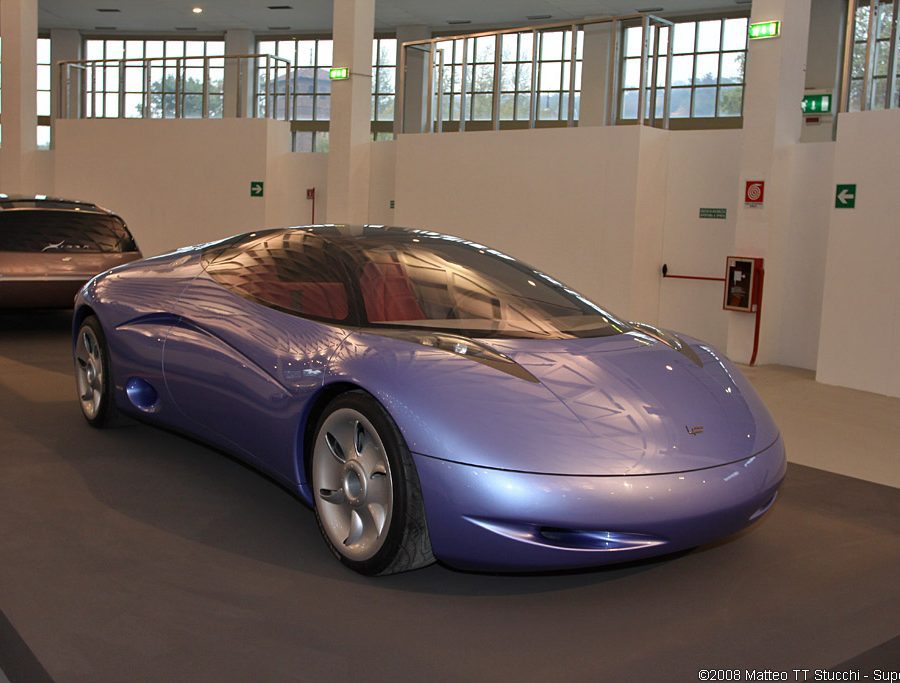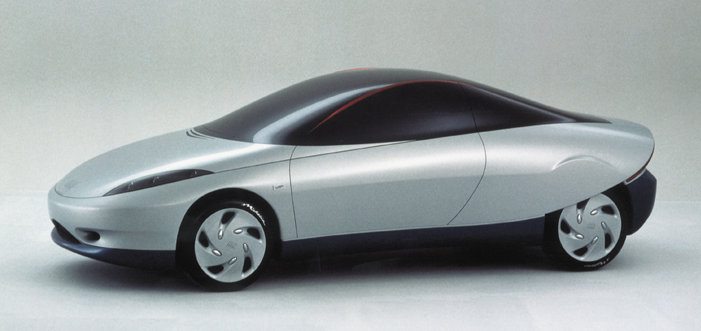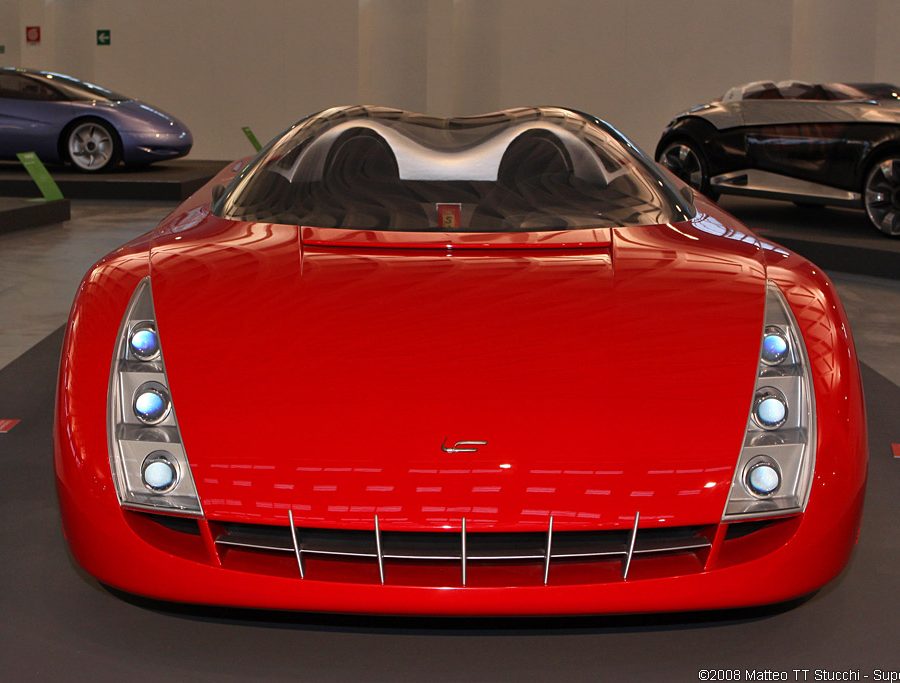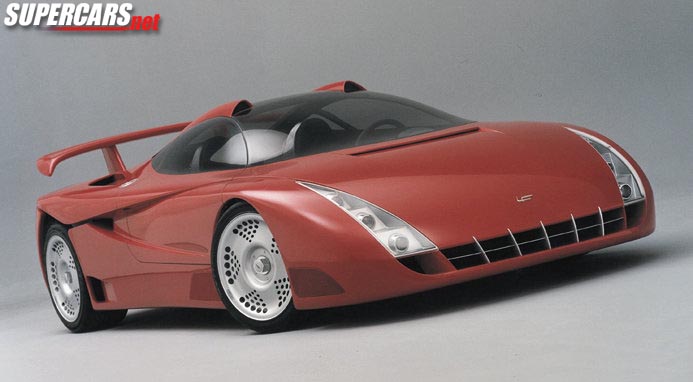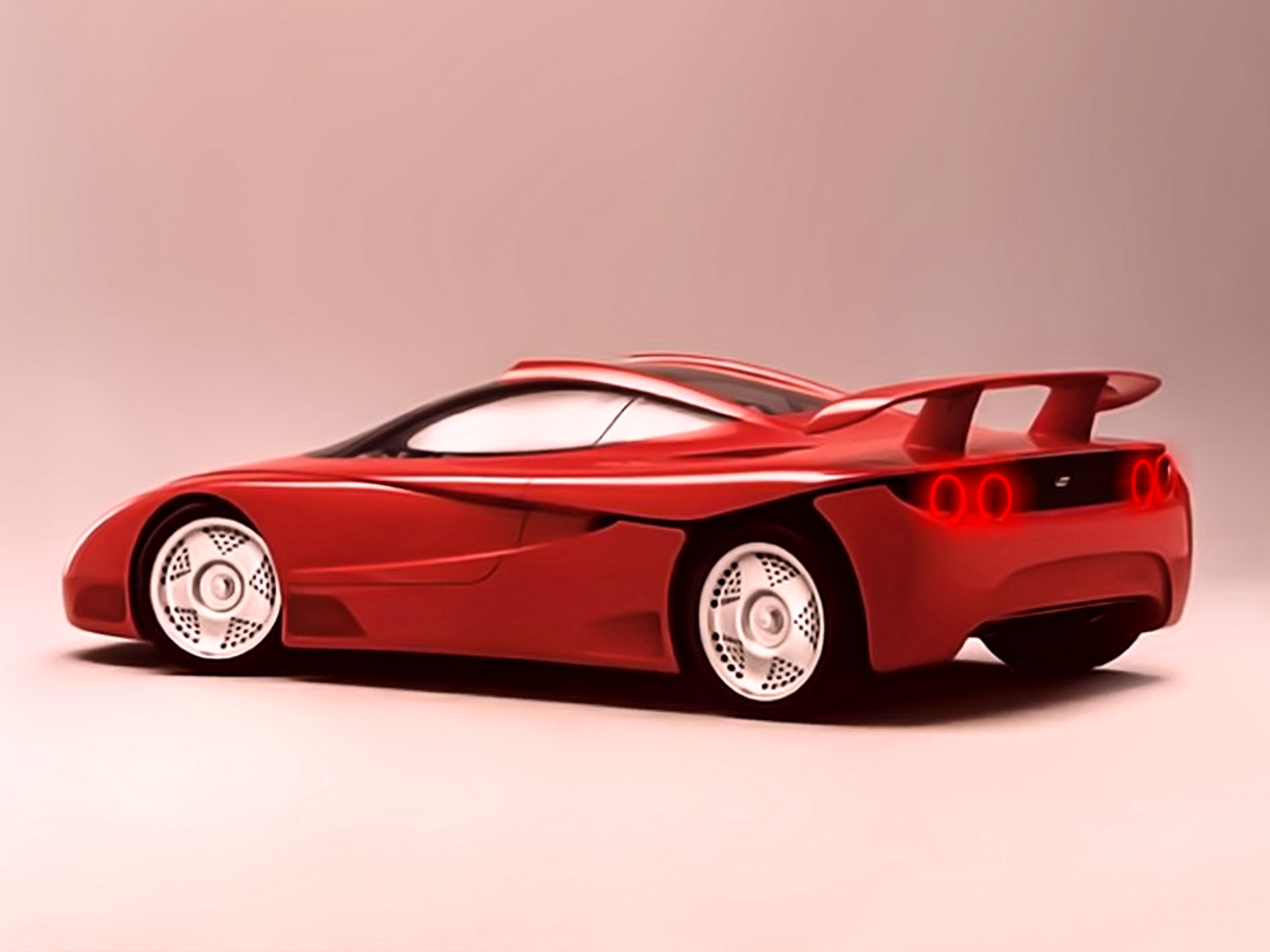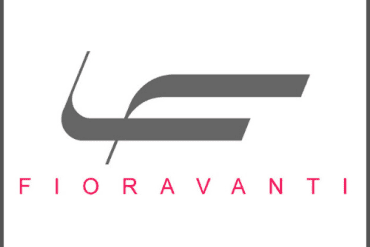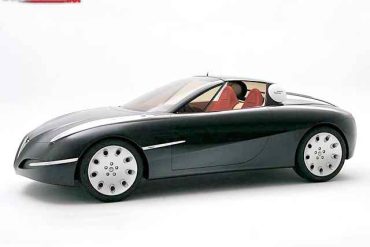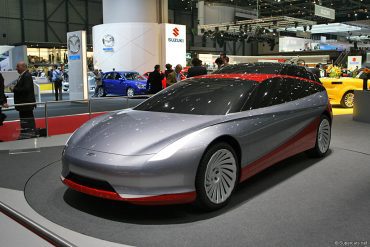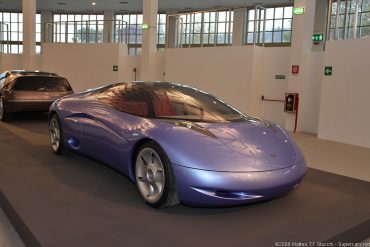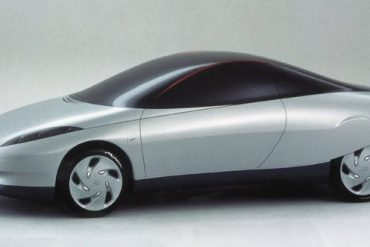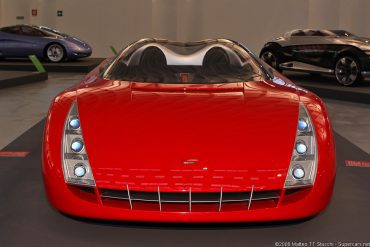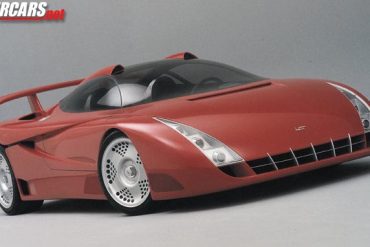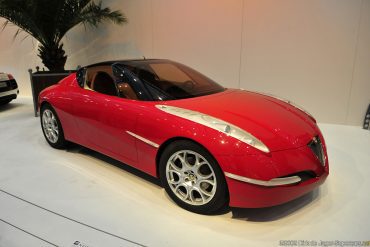2001 Fioravanti Vola Concept This concept is able to run in front, rear, or four wheel drive! In Detail submitted by Richard Owen engine Alfa Romeo bhp/weight bhp per tonne driven wheels Front Engine / 4WD or FWD ro RWD! f brake size mm / in r brake size mm...

Fioravanti: The Italian Design House Shaping Automotive Elegance
Fioravanti is a renowned Italian design house and engineering company known for its innovative and elegant automotive designs. Founded by Leonardo Fioravanti, a celebrated automotive designer and former chief stylist at Pininfarina, the company has played a significant role in shaping the aesthetics and functionality of modern vehicles. This post explores the founding of Fioravanti, its evolution over the years, the iconic car models it has designed, and the milestones that have defined its journey as a leader in automotive design.
The Founding Vision: Leonardo Fioravanti and the Birth of a Design Legacy
Fioravanti was founded in 1987 by Leonardo Fioravanti, one of the most influential car designers of the 20th century. Before establishing his own company, Fioravanti had a long and illustrious career at Pininfarina, where he contributed to some of the most iconic Ferrari designs, including the Ferrari Dino 206 GT, 365 GTB/4 "Daytona," 512 Berlinetta Boxer, and the 308 GTB. His work at Pininfarina set new standards in automotive design, combining elegance with aerodynamic efficiency and creating a timeless appeal.
After leaving Pininfarina, Fioravanti decided to establish his own design house to explore new frontiers in automotive styling and engineering. He aimed to combine his experience in car design with a fresh approach to automotive innovation, focusing on both aesthetics and functionality.
The Evolution of Fioravanti: From Concept Cars to Design Innovations
Fioravanti’s journey from a fledgling design house to a respected name in the automotive industry is marked by several key developments and notable car models:
Early Concept Cars and Design Philosophy (1987-1990s):
In its early years, Fioravanti focused on creating innovative concept cars that showcased the company’s design philosophy and technical expertise. The first significant project was the Fioravanti Sensiva, unveiled in 1994. The Sensiva was a futuristic concept car that featured an innovative modular design, allowing for multiple configurations and uses. The car’s design emphasized flexibility and functionality, with a focus on user-friendly features and ergonomic solutions.
The Sensiva’s design reflected Fioravanti’s commitment to exploring new ideas and challenging conventional automotive design paradigms. It also showcased the company’s ability to blend aesthetics with practicality, setting the tone for future projects.
Collaboration with Major Automakers: Ferrari, Alfa Romeo, and More (1990s-2000s):
Fioravanti quickly gained a reputation for its design expertise and began collaborating with major automakers, including Ferrari, Alfa Romeo, and Fiat. These collaborations allowed Fioravanti to apply its design principles to production vehicles, creating cars that combined Italian style with innovative engineering.
One of the most notable collaborations was with Ferrari, for which Fioravanti designed several concept cars, including the Ferrari F100 and the Ferrari FXX Millechili concept. These designs showcased Fioravanti’s ability to create visually stunning and aerodynamically efficient vehicles that stayed true to Ferrari’s brand identity.
Pioneering Aerodynamic and Safety Innovations: Fioravanti F100 and Thalia (2000s):
In the early 2000s, Fioravanti continued to push the boundaries of automotive design with the introduction of the Fioravanti F100, a concept car that celebrated the 100th anniversary of Enzo Ferrari's birth. The F100 featured a radical design with advanced aerodynamics and innovative materials, emphasizing Fioravanti’s focus on future-oriented design solutions.
Another significant concept was the Fioravanti Thalia, a design study that explored the concept of urban mobility. The Thalia featured a compact design with a unique “flip-up” roof system, enhancing visibility and safety in urban environments. The car’s design demonstrated Fioravanti’s commitment to exploring new ideas for improving urban transportation.
Engineering Excellence: Active and Passive Safety Innovations (2000s-Present):
Fioravanti has also been at the forefront of developing active and passive safety innovations. The company has worked on several projects aimed at enhancing vehicle safety through innovative design features and engineering solutions. One notable example is the "Rotative" roof system, a patented design that provides enhanced rollover protection and structural rigidity in convertible cars.
The company’s commitment to safety and innovation has made it a valuable partner for automakers looking to incorporate advanced safety features into their vehicles without compromising on design and aesthetics.
Sustainable Design and Lightweight Engineering: Fioravanti LF1 (2010s):
In recent years, Fioravanti has focused on sustainable design and lightweight engineering. The Fioravanti LF1, a concept car unveiled in 2011, featured a lightweight carbon fiber body and a hybrid powertrain, reflecting the company’s commitment to sustainability and environmental responsibility. The LF1 was designed to be both visually striking and aerodynamically efficient, showcasing Fioravanti’s ability to combine cutting-edge technology with timeless design.
Fioravanti Cars
Founded: Turin, Italy 1987
Founder: Leonardo Fioravanti
Headquarters: Moncalieri, Italy
Concept Cars
1994 Fioravanti Sensiva
1996 Fioravanti Nyce
1996 Fioravanti Flair
1998 Fioravanti F100
2000 Fioravanti F100r
2000 Fioravanti Tris
2001 Alfa Romeo Vola
2002 Fioravanti YAK
2004 Fioravanti Kyte
2005 Fioravanti Kandahar
2006 Fioravanti Skill
2007 Fioravanti Thalia
2008 Fioravanti Hidra
2008 Ferrari SP1
2009 Fioravanti LF1
2013 BAIC Concept 900


